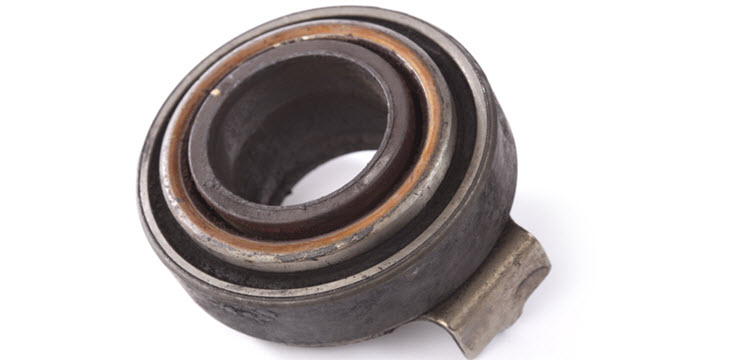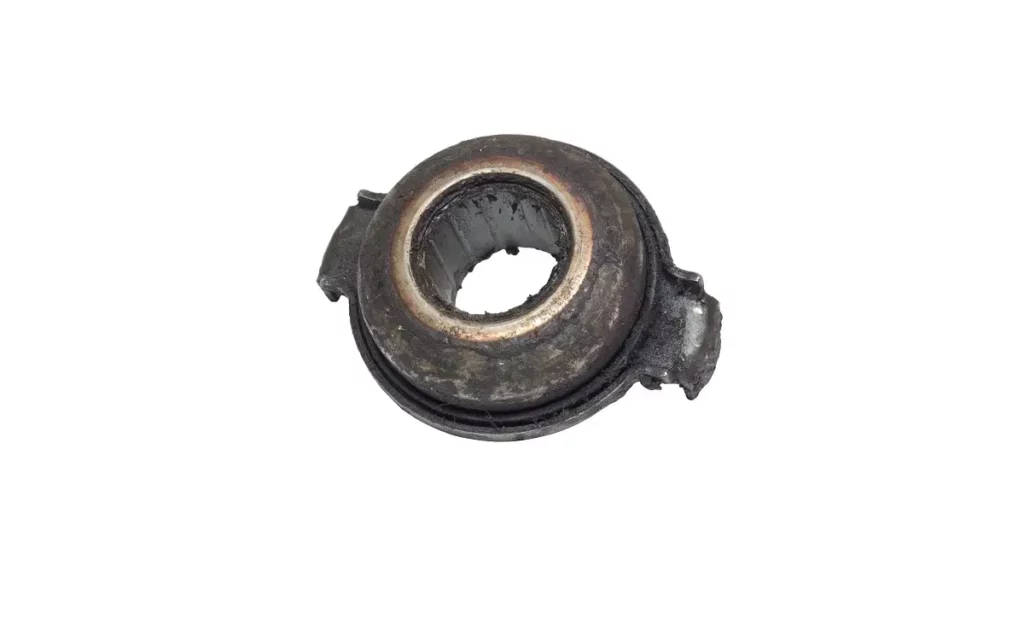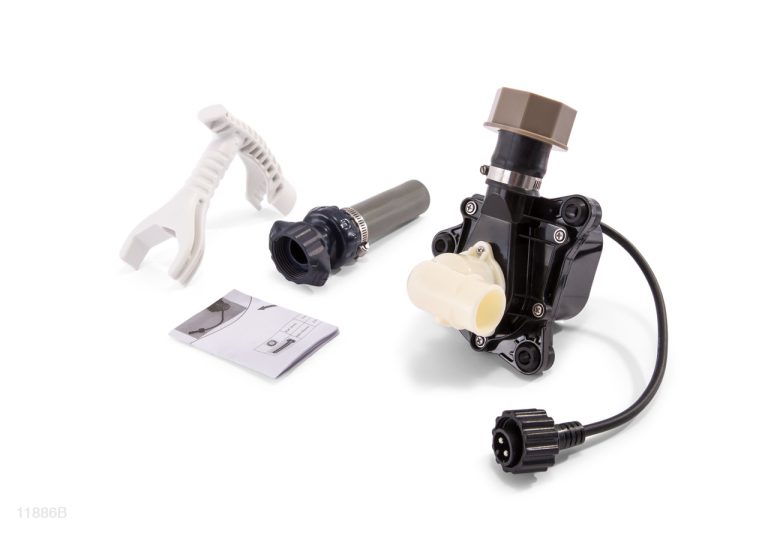What Causes A Throwout Bearing To Go Bad: Top Reasons Unveiled
A throwout bearing is an important part of your car’s clutch system. It helps your car change gears smoothly. But sometimes, this part can go bad. Let’s explore why this happens.
Understanding the Throwout Bearing
The throwout bearing is also called the clutch release bearing. It sits between the clutch fork and the pressure plate. Its main job is to release the clutch when you press the pedal.
How Does It Work?
When you press the clutch pedal, the throwout bearing pushes against the pressure plate. This action disconnects the engine from the wheels. It allows you to change gears smoothly.

Credit: daseuropeanautohaus.com
Common Causes of a Bad Throwout Bearing
Several factors can cause a throwout bearing to go bad. Understanding these can help you prevent problems.
1. Lack Of Lubrication
The throwout bearing needs proper lubrication. Without it, the bearing can wear out quickly. Always ensure your car gets regular maintenance.
2. Excessive Heat
Heat is a big enemy of the throwout bearing. If the clutch system gets too hot, it can damage the bearing. Avoid riding the clutch to keep heat levels down.
3. Contaminants
Dirt and debris can enter the clutch system. These contaminants can cause the throwout bearing to wear out. Keep your car clean to avoid this issue.
4. Misalignment
If the clutch components are not aligned, the throwout bearing can go bad. Misalignment puts extra stress on the bearing. Make sure all parts are properly installed.
5. High Mileage
All car parts wear out over time. A throwout bearing is no different. High mileage can cause the bearing to fail. Regular checks can help catch problems early.
Signs of a Bad Throwout Bearing
Knowing the signs can help you catch a bad throwout bearing early. Here are some common symptoms to watch for.
1. Noise
A bad throwout bearing can make noise. You might hear a grinding or squealing sound. This noise happens when you press the clutch pedal.
2. Vibration
You may feel a vibration in the clutch pedal. This is a sign that the throwout bearing is failing.
3. Difficulty Shifting Gears
A bad throwout bearing can make it hard to shift gears. You might notice stiffness or resistance in the gear shift.
4. Clutch Pedal Feels Different
The clutch pedal might feel different. It could feel softer or harder than usual. This change can indicate a problem with the throwout bearing.

Credit: newparts.com
How to Prevent a Bad Throwout Bearing
Prevention is always better than repair. Here are some tips to keep your throwout bearing in good shape.
1. Regular Maintenance
Regular maintenance is key. Make sure your car gets regular check-ups. This can catch problems early.
2. Avoid Riding The Clutch
Don’t keep your foot on the clutch pedal while driving. This can cause excessive heat and wear.
3. Keep The Clutch System Clean
Keep your car clean, especially the clutch system. Dirt and debris can damage the throwout bearing.
4. Proper Installation
Make sure all clutch components are properly installed. Misalignment can cause the throwout bearing to go bad.
Frequently Asked Questions
What Is A Throwout Bearing?
A throwout bearing is a component in a manual transmission that helps disengage the clutch.
How Long Does A Throwout Bearing Last?
Typically, a throwout bearing can last between 50,000 to 100,000 miles, depending on driving conditions.
What Are The Symptoms Of A Bad Throwout Bearing?
Symptoms include noise when depressing the clutch, difficulty shifting gears, and a vibrating clutch pedal.
Can A Bad Throwout Bearing Damage The Transmission?
Yes, a failing throwout bearing can cause significant damage to the transmission and clutch components.
Conclusion
A throwout bearing is a crucial part of your car’s clutch system. Several factors can cause it to go bad, including lack of lubrication, excessive heat, contaminants, misalignment, and high mileage. Knowing the signs of a bad throwout bearing, such as noise, vibration, difficulty shifting gears, and changes in clutch pedal feel, can help you catch problems early. Regular maintenance, avoiding riding the clutch, keeping the clutch system clean, and ensuring proper installation can help prevent issues with your throwout bearing. Keep these tips in mind to ensure a smooth and safe driving experience.
FAQs
| Question | Answer |
|---|---|
| What is a throwout bearing? | A throwout bearing is a part of the clutch system. It helps release the clutch when you press the pedal. |
| What causes a throwout bearing to go bad? | Lack of lubrication, excessive heat, contaminants, misalignment, and high mileage can cause it to go bad. |
| What are the signs of a bad throwout bearing? | Noise, vibration, difficulty shifting gears, and changes in clutch pedal feel are common signs. |
| How can I prevent a bad throwout bearing? | Regular maintenance, avoiding riding the clutch, keeping the clutch system clean, and ensuring proper installation can help. |



